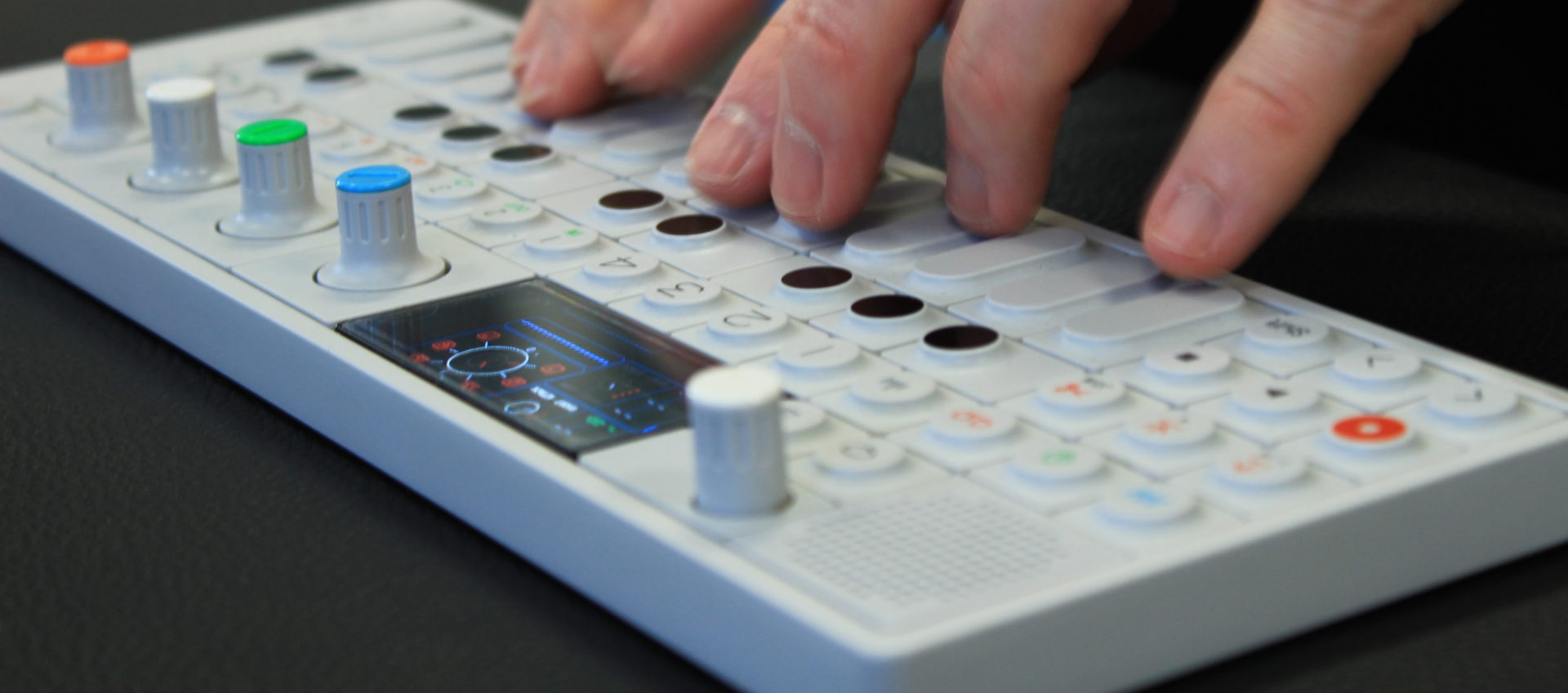Keynote & Music
Using Keynote for what it is not intended
Music software is everywhere you look. We are in a unique stage of history where there is an ‘app’ for almost everything (my iPhone still cannot make me coffee despite asking Siri multiple times). There are recording suites, notation and analysis programs, ear training drills, flash cards for musical terms and even ‘how to’ programs for composition and writing counterpoint. But when you have a mac computer running iWork you get a unique set of tools that one would not normally associate with music education.
Within iWork, Pages & Numbers work wonderfully well but Keynote is what I regard as the favourite younger sibling. Yes, you can make outstanding Power-points and ‘click through’ presentations but this form of interaction has long since been surpassed by the likes of Prezi & Slideshare. Furthermore, if you have ever used Microsoft’s Power-point application you are about to see how much simpler Keynote is with its drag’n’drop powers & ability to import almost anything. The real power of keynote however, is its innate structure & advanced layout tools that allow anyone with a creative imagination (and a mac) to build unique tasks and projects that are animated (read, “interactive”) and that incorporate Blooms Taxonomy into every activity.
Furthermore, with Keynote you are not confined to the linear processes of a presentation. Why is this helpful?
Because learning is messy. It has tangents and it occurs differently with each person. Keynote has the ability to address the various ways students learn with specifically designed projects.
Below are a series of tasks I have created for my students in which they can interact with the concepts of music, as well as advanced compositional elements through:
a) Creating projects that are based upon our units of study (such as understanding the didjeridu https://youtu.be/0XlEkeot7HM)
b) Interacting with components of these projects that by definition require in-depth analysis’ & to minute musical detail (detail that would normally take many lessons of worksheets & mind mapping but with this they dive into it instantly)
c) Synthesizing their learning into projects with which they confidently present and evaluate in the context of the musical concepts (once the task is finished it is amazing to see how they grasp elements such as structure, texture or tone colour)
d) Applying current understandings and then investigating new areas as the requirements of each task (and the cool features inside Keynote) force them to develop new understandings of how music ‘works’
e) Analyzing works and applying taught concepts to create projects that they not only remember but comprehend at a deeper level
Please Note
1. Each task required teaching the necessary Keynote skills to the students
2. Each task involved separate listening, performing and composing activities based upon the works featured
3. The end result of each task is a direct result of student engagement and immersion in the project
Junior School
These are examples of what you could use to teach the following songs, concepts or elements in your junior classrooms.
Example 2
Example 3
Example 4
Example 5
High School
These are examples of what you could use to teach the following analyses, concepts or elements in your high school classrooms.
Senior School
These are again examples (although rather advanced and complex) of what you could use to teach the following analyses, concepts or elements in your senior school classrooms.
I had blogged about the Aboriginal Graphic Score Tasks earlier here, but the above videos now show a complete range of projects across genres and specifically targeted teaching content.
I hope you enjoyed reading about the tasks and watching the student examples.
If you would like more information or if you create ones of your own please leave a comment or email me. We could learn about making music & unique instruments together.
Cover image courtest of icons from iconarchive.com

Hi Samuel,
Great to see someone else using keynote in music education, so many good ideas! I’m teaching music in Sweden and have been working on the same lines but have a major problem and wondered if you have found a solution:
When I make a keynote presentation, I put a music file in there then set up all the animations and record the slide show but when I export it as a film (quicktime or just movie) the sound file stops playing after a few seconds. It’s really frustrating as it works ok in the keynote (plays through the whole slideshow) and I want to put these up on youtube for my students to watch, listen and analyse at home, aarrrgh!
I’d be really grateful for any tips, I can send you some of my slideshows if you’re interested…
/Mike Loshak
Music teacher at Katedralskolan and Nannaskolan in Uppsala